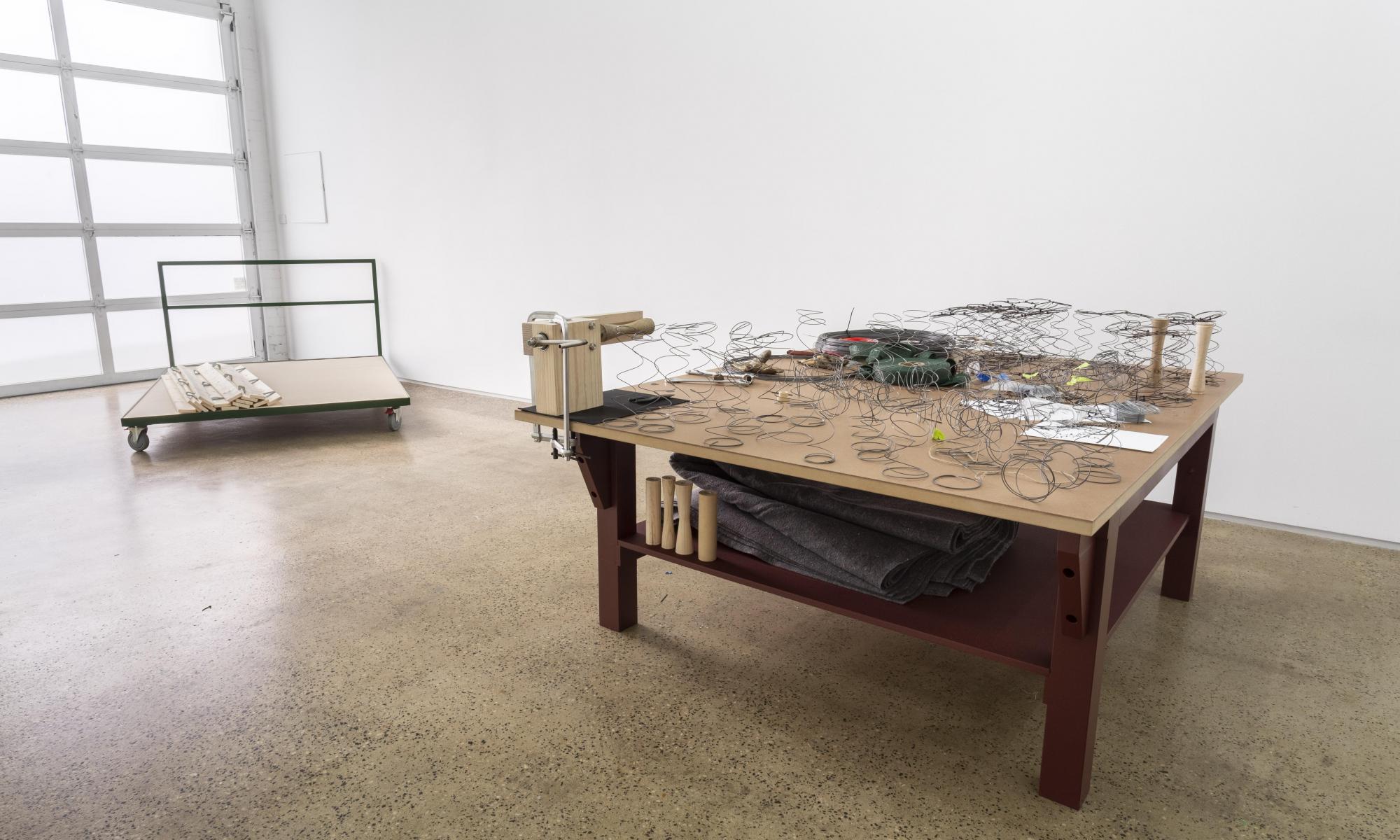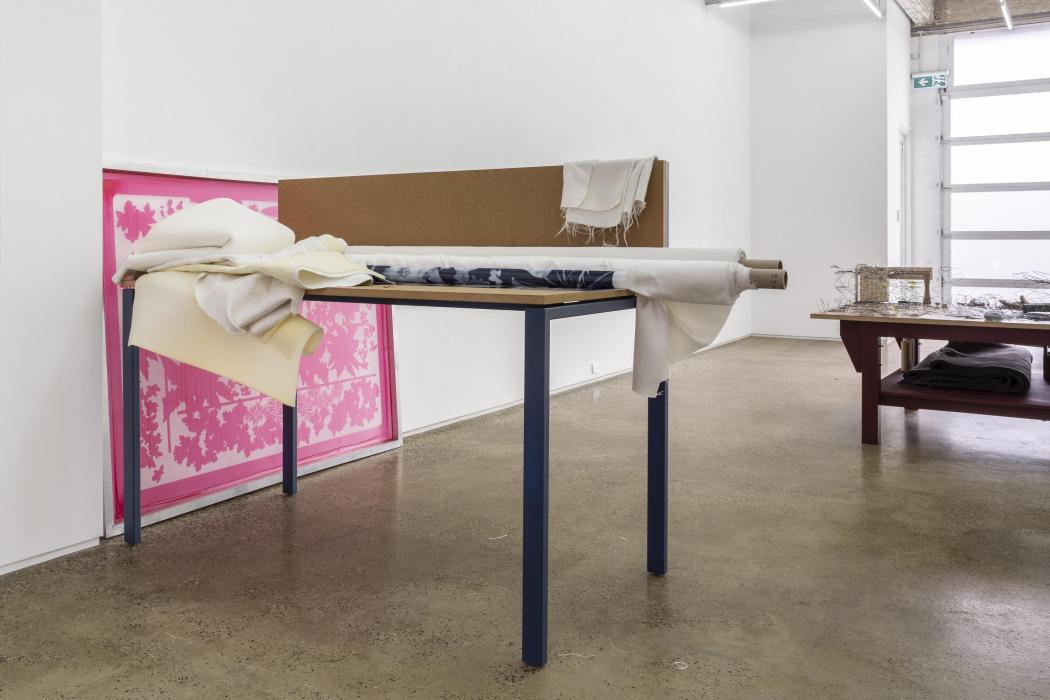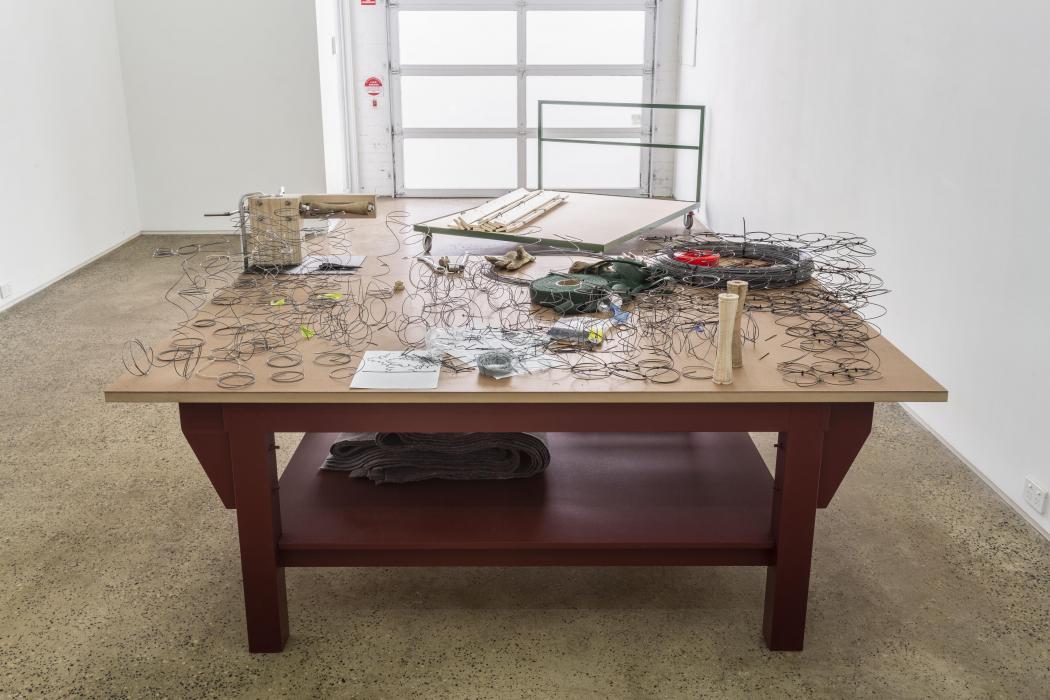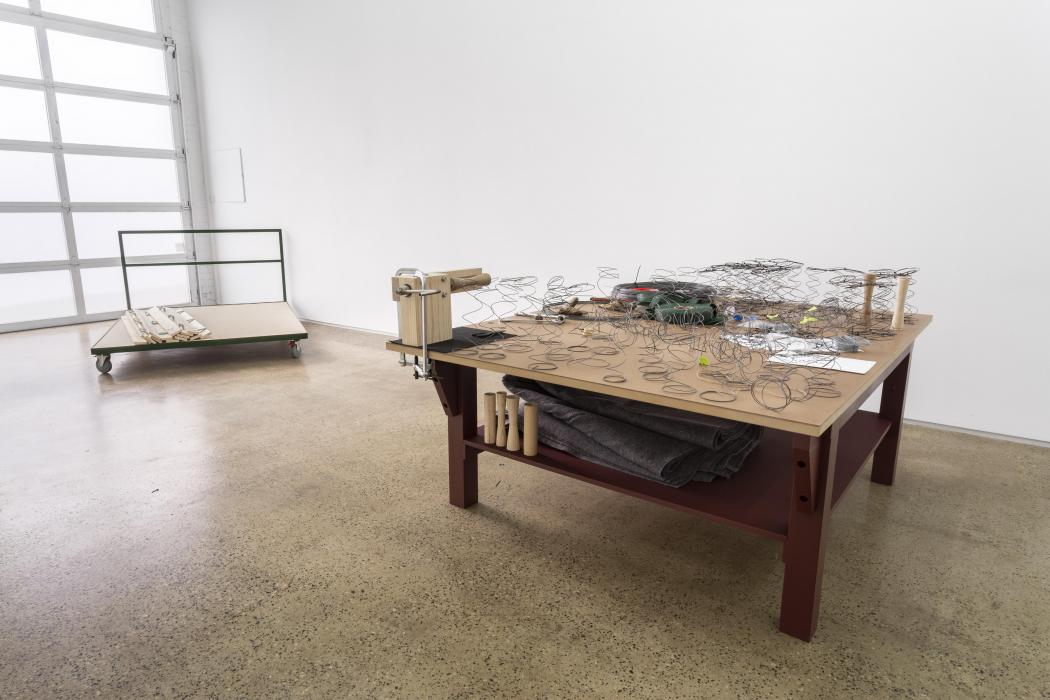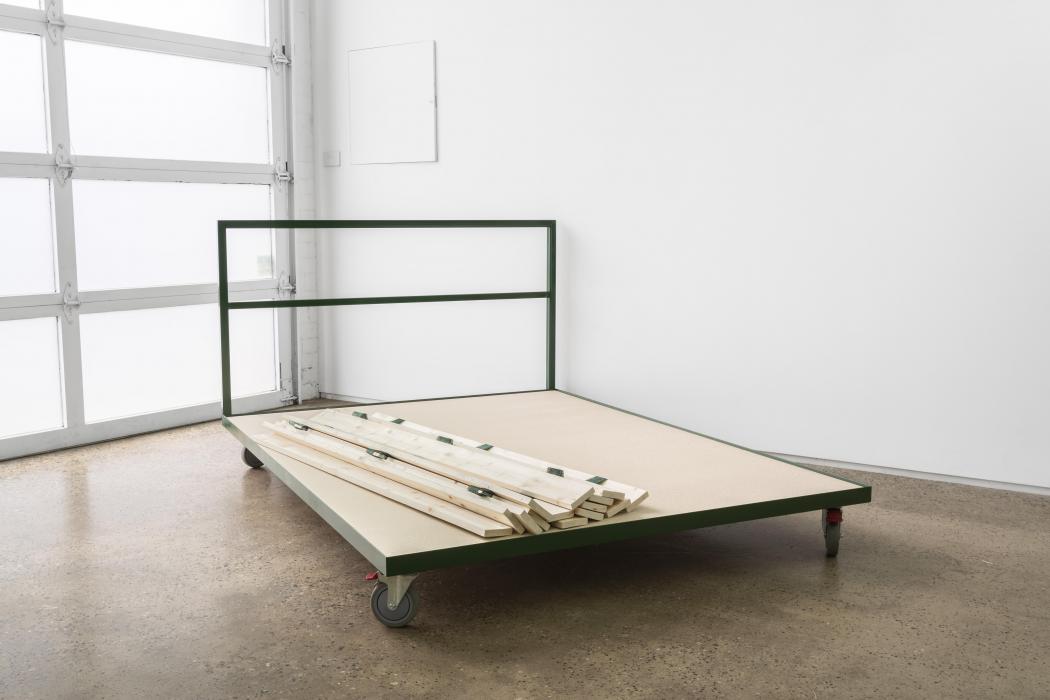Possible — absolute, apparent, deferment
I was once sitting in a context devised by Studio for Propositional Cinema. [1] We were reading passages from Comte de Lautréamont’s Les Chants de Maldoror (1868) under the guidance of artists John Miller and Nicolás Guagnini. At a point in the session a polemic emerged regarding the construction of a canon and the methods through which historians provide artists ‘their epaulettes’. It’s standard practice for art historians and critics and curators, when writing about an artist, to establish a 1 to 1 relationship between an artists’ practice and a philosopher—or philosophical theory—‘this is how this artwork adapts to and or demonstrates this theory’. The alternative is locating and identifying visual relationships between objects of visual culture along a pre-established linear timeline—this artwork leads to this artwork leads to this artwork. As respondents to the polemic, the group went on to argue that many artists (including those in the canon), have adopted their mode of operation directly from literature, which is not adequately represented in the capital ‘A’ Art Historical record. These figures and relationships are consistently elided in favor of the two aforementioned games. The literary models in which the construction of an artist’s methodology occurs aren’t always unnoticed; but they never seem to provide the critical purchase required in the establishment of one’s legitimation within the field. I recall three cited examples: Nauman to Beckett, Smithson to Borges, and Kelley to Artaud.
For this exhibition at Gertrude Glasshouse, Panigirakis situates us in a context of material enquiry and social activity circulating, though faintly, the studio of Titorelli—a ‘painter of the court’ from chapter seven of Franz Kafka’s The Trial (1925). For the month of July, Gertrude Glasshouse was used by Panigirakis as a workshop fitted with the means necessary to build a mattress from scratch. Accompanied by a loosely organized group of friends, who will help make the mattress, Panigirakis initiated a process of material research and production that will continue throughout his studio residency at Gertrude Contemporary over the next year. Materially; the exhibition is composed of three work stations presented in a linear arrangement down the gallery. The first station is slightly taller than the second, as is the second to the third. Each station is custom made though their designs are appropriated from standard and familiar forms; imbued with utilitarian design philosophies and the aesthetic vocabulary of post-minimalist sculpture. Each station is fitted with tan wooden tops with metal legs and armature of differing colours. The first, for fabrics and screen-printing, is a deep blue. The second, for springs and woodworking, a deep red. The third, for constructing the bedframe as well as presentation, deep green. Importantly, these are not direct representations of furnishings described in The Trial, instead these are active workstations used in an allegorically dense process of material and social engineering. The manufacturing work is done, though not strictly, outside of operating hours to evade the ‘performing labor’ paradigm and historically grandiose narratives of the ‘artist at work’. This project is interested in a considerably more open field of allusions, affinities, signs, stories and materials all of which are suspended in a gallery exhibition context; notably different to the artistic field and context for which Titorelli worked. Titorelli was a worker tasked with the production of portraits of members of the court. His studio, as emphasized in the didactics accompanying the exhibition, was small and a mattress took up most of the space. His subjects would sit on the mattress as they were painted. Apparent Acquittal is not a re-telling—it’s a playful game guided by two narrative arcs. The Trial and the material realization of a mattress are running simultaneously, but the exhibition resists and withholds from representation, tableaus and explicit comparative analysis.
While the exhibition changes over time (wood whittling equipment moves, textiles are cut, springs are made and grow in quantity) it manages to sidestep an emphasis on ‘time-unfolding’ and refutes an outcome, it’s both active and static. The project opened with no expectation that a completed mattress would be present in the room at the time of closing despite it being ‘possible’. As an audience, our experience of it is quiet and vacant, unlike those involved in the making process. The exhibition is similar to the aesthetic parameters of all commercial mattresses; the most visually compelling aspects are hidden from view, concealed in upholstery fabrics. As visitors we see only unassembled pieces, an arrangement of production materials and no artists laboring over the mattress—the only people we see are gallery staff. Though this act of withholding is not experienced as a closure, instead the experience is more generous—we’re invited into a space of possible objects and an endless stream of production, not a fetishized object existing only to be seen.
The work and the model in which the work takes place is, as is much of Panigirakis’s previous works, diagrammatic in nature. It’s clear that we could draw direct allusions from The Trial and establish an overlay in Apparent Acquittal. A sited critique of the amorphous spatiality of Gertrude for example, it could be considered as a direct reference to the ‘court as everywhere’ as written by Kafka in The Trial. Gertrude the institution as ‘everywhere’, gentrification as ‘everywhere’, Gertrude the street as ‘everywhere’, the studio as ‘everywhere’. In The Trial, behind a small door, and blocked by the mattress in Titorelli’s studio, is an entry point into the office of a lawyer working with the main protagonist. The novel presents ‘the court’ as being socially and architecturally omnipresent—every and all institutions are connected to the courts. As the court is inescapable in The Trial, Gertrude is inescapable in Apparent Acquittal. Panigirakis links Gertrude Glasshouse and Gertrude Contemporary through the boundless stream of production and material labour. Without sounding overly playful it’s also noted that Gertrude is no longer on Gertrude Street, apt given Kafka as a model — Gertrude is now in many places off Gertrude Street, but carries the spatial dimensions of the street in its name, permanently.
Though if we re-perform the 1 to 1 historiographic approach cited at the top of this article, we’re reducing the work; regulating a social project into a strictly representational relationship to its source. Instead it’s sharper to detach the referents. By inferring the mattress as protagonist (and not Josef K, the protagonist of The Trial), Spiros has generated a context of play and sociality and intimacy that doesn’t break historical lineages and genealogies entirely but dislodges certain patterns of historicisation—working, especially when the work is social in nature, within proximity to a fictional artist, in this case Titorelli, does something. At its core Apparent Acquittal is a work of diagrammatics and gesture; of affinities and formalism—demonstrating relationships to literary histories and perhaps their contributions, not to Art history per se but to the field from which art history is produced, recognized and appraised. Panigirakis built a flexible process to make work with and in a context of readymade signs, systems, and socialities from literature. The resulting exhibition opens up a context for a different methodology of ‘reading’ and in turn of research.
[1] This after-hours gathering was in conjunction with their exhibition ‘& faintly heard (as it sinks, slowly): with The Tenderness of Maggots’ at Swiss Institute (NY) Jan 07 - Feb 05 2017.

